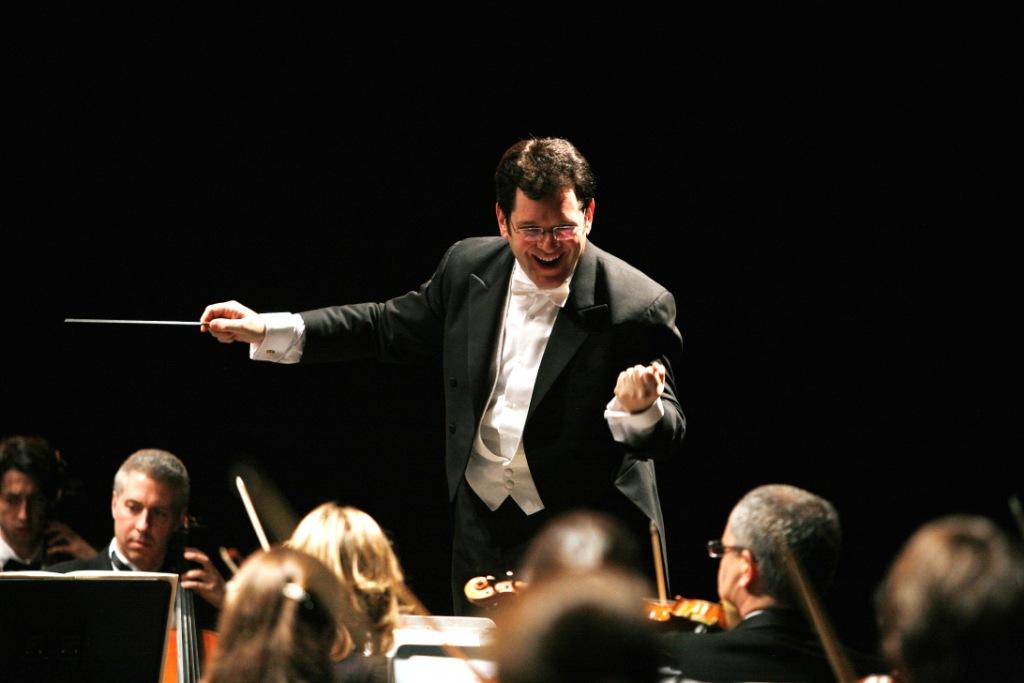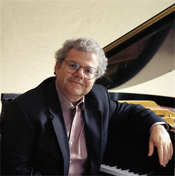Guitarist Carlos Perez, a native of Chile, presented a potpourri of composers from Bach to Rodrigo on his recital. He performed entirely from memory. Rodrigo’s Elogio de la Guitarra is wonderfully inventive, and Perez played it with much flavor and zest¸ and with spontaneity of tempo and spirit. Another highlight of the program was the inventive, captivating and technically demanding Tarentella by David Pavlovits. Pavlovitz is a young Hungarian composer and guitarist (one can tell he plays guitar because his work is so idiomatic for the instrument) whose work is inspired by the folklore of South-Eastern Europe. Perez played the piece with both depth of character and technical accomplishment.
In Carulli’s Deux Andantes (No. 1 and 3), Op. 320, Perez showed a wide variety of color, and the pieces were exquisitely rendered. Bach’s Cello Suite No. 4 in E-flat is not really suited to guitar, as one misses the sustained sound of the cello and its dynamic range. Antonio Lauro’s Three Pieces could have used more contrast as well, although the Romanza was perfect in its detail. Four Chilean Folk Songs could not have been played with a more natural affinity for the style. Earlier in the program, I occasionally wished for more definition in the phrasing, but here, Perez brought a lovely shape to all of them, especially to Parabienes—Ya se casaron los novios, where a captivating, gradual decrescendo had me searching for the fading sonorities at the edge of my seat.
Perez has issued ten CDs, two DVDs, and recorded at several European radios, and he has given recitals in over thirty countries in North, Central, and South America as well as Europe. He has played at the Berlin Philarmonie, the Auditorio Nacional in Spain, and England’s Royal Festival Hall among others. We look forward to his next recital here in New York. No doubt, he has much to offer the guitar community.


![Mamlok_-_fotographer_Simon_Pauly_MÀrz_09_011_sm[1]](https://www.nyconcertreview.com/blog/wp-content/uploads/blog_images/Mamlok_-_fotographer_Simon_Pauly_MÀrz_09_011_sm1.jpg)
 Despite a huge snow storm and a prediction of one, people came out in droves to the large Stern Auditorium at Carnegie Hall to see Emanuel Ax and Joshua Bell. In many ways, violin and piano recitals sound best in smaller, more intimate spaces for which they were intended, but Ax and Bell sell lots of tickets and they need a space that can meet demands. On February 10th, 2010, Manhattan received about 10 inches of snow—not nearly as much as Washington D.C. got the week before—but nonetheless, it was enough to potentially scare people away. Good thing Emanuel Ax has such a great following; the many that attended were treated to a 200th Anniversary celebration of Chopin and Schumann’s birth. Ax was at his best in music by Chopin: the Polonaise-fantaisie in A-flat, the Andante spianato and Grand Polonaise, and especially three Mazurkas: the op 41, No. 1 in C-sharp Minor; the Op. 24, No. 2 in C Major and the Op. 56, No. 3 in C Minor. The young Brit Thomas Ades wrote three mazurkas of his own for the occasion, and they are charming—although they don’t really sound like mazurkas. The first one was almost a carbon copy of Prokofiev, but the last two were quite inventive, with unusual leaps and harmonies. Throughout the program, Ax often used his soft-pedal, and his subdued, semi-passionate performances of Schumann’s Fantasiestucke and Fantasy in C Major lacked some grandeur and spontaneity in faster passages. His encore, the Chopin Waltz in A minor, was also one of his more automatic-pilot performances. Maybe his performance inadvertently hurried as a result of subconsciously and altruistically wanting people to get home after a stormy day. (I know; it’s a stretch)
Despite a huge snow storm and a prediction of one, people came out in droves to the large Stern Auditorium at Carnegie Hall to see Emanuel Ax and Joshua Bell. In many ways, violin and piano recitals sound best in smaller, more intimate spaces for which they were intended, but Ax and Bell sell lots of tickets and they need a space that can meet demands. On February 10th, 2010, Manhattan received about 10 inches of snow—not nearly as much as Washington D.C. got the week before—but nonetheless, it was enough to potentially scare people away. Good thing Emanuel Ax has such a great following; the many that attended were treated to a 200th Anniversary celebration of Chopin and Schumann’s birth. Ax was at his best in music by Chopin: the Polonaise-fantaisie in A-flat, the Andante spianato and Grand Polonaise, and especially three Mazurkas: the op 41, No. 1 in C-sharp Minor; the Op. 24, No. 2 in C Major and the Op. 56, No. 3 in C Minor. The young Brit Thomas Ades wrote three mazurkas of his own for the occasion, and they are charming—although they don’t really sound like mazurkas. The first one was almost a carbon copy of Prokofiev, but the last two were quite inventive, with unusual leaps and harmonies. Throughout the program, Ax often used his soft-pedal, and his subdued, semi-passionate performances of Schumann’s Fantasiestucke and Fantasy in C Major lacked some grandeur and spontaneity in faster passages. His encore, the Chopin Waltz in A minor, was also one of his more automatic-pilot performances. Maybe his performance inadvertently hurried as a result of subconsciously and altruistically wanting people to get home after a stormy day. (I know; it’s a stretch) If any orchestra should tour with Holst’s “The Planets”, the Houston Symphony should—due to its relationship with NASA and the Johnson Space Center. But a film experiment directed by Duncan Copp called “The Planets: an HD Odyssey” didn’t work: the space images and video, though extraordinarily clear and beautiful, were too generic for Holst’s mythical descriptions of the planets and our own imaginations that inevitably follow. It was like experiencing an orchestra play James Horner’s riveting music to the film
If any orchestra should tour with Holst’s “The Planets”, the Houston Symphony should—due to its relationship with NASA and the Johnson Space Center. But a film experiment directed by Duncan Copp called “The Planets: an HD Odyssey” didn’t work: the space images and video, though extraordinarily clear and beautiful, were too generic for Holst’s mythical descriptions of the planets and our own imaginations that inevitably follow. It was like experiencing an orchestra play James Horner’s riveting music to the film
 In the first concert of its 44th New York season, Continuum did one of the things it does best: explore important, talented composers who are relatively unknown in this country. Music of Canada was presented in a program entitled “Northern Exposures: Canadian Music—The New Individualists.” I came away from this program thinking that Canadian composers are indeed unique and tend to go their separate ways.
In the first concert of its 44th New York season, Continuum did one of the things it does best: explore important, talented composers who are relatively unknown in this country. Music of Canada was presented in a program entitled “Northern Exposures: Canadian Music—The New Individualists.” I came away from this program thinking that Canadian composers are indeed unique and tend to go their separate ways.